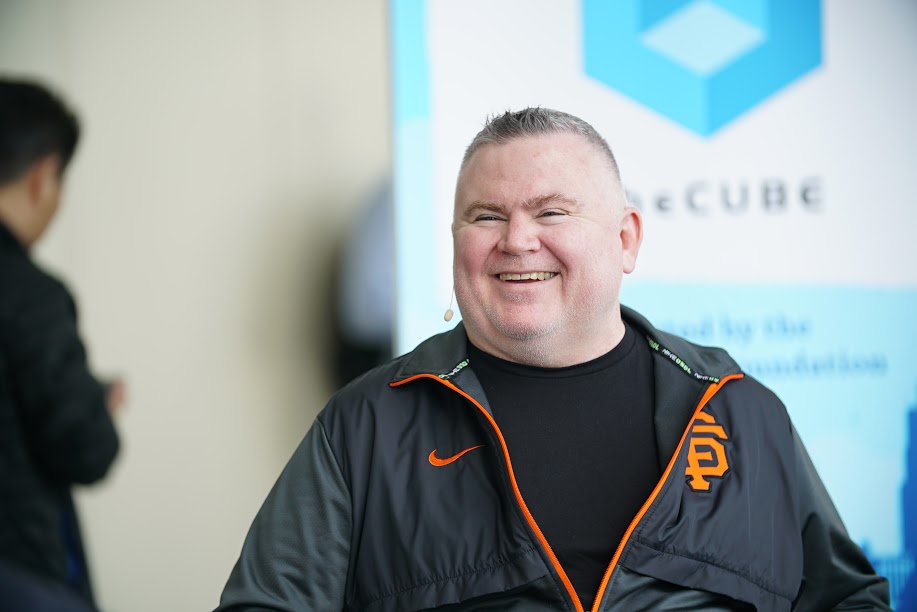 APPS
APPS
 APPS
APPS
 APPS
APPS
One of the original ideas behind OpenStack’s launch in 2010 was to give enterprises an open-source alternative to the public cloud hyperscalers and VMware Inc. in private cloud environments. While many concepts and their attendant technologies have worked out as planned, just as many plans have fallen by the wayside for various reasons. However, within the ecosystem of OpenStack, containers may be providing a much-needed ray of sunshine.
“With Kubernetes [container orchestration management], I think this is the future,” said Randy Bias (pictured), vice president of technology and strategy, cloud software, at Juniper Networks Inc. Since Docker has not quite worked out as people have hoped, according to Bias, the move to Kubernetes is a good one because it has a much better set of rules that govern it, which he sees as leading to faster innovation — especially when combined with Microsoft Corp.’s tool for managing Kubernetes, Helm Charts.
Bias joined host Stu Miniman (@stu) and guest host John Troyer (@jtroyer) of theCUBE, SiliconANGLE Media’s mobile livestreaming studio, during this year’s OpenStack Summit in Boston, Massachusetts. In addition to Kubernetes, they discussed software-defined networking and some use-cases around OpenStack. (* Disclosure below.)
“I’ve been skeptical about SDN overlays for a long time,” Bias said, acknowledging that he is now, perhaps ironically, helping with one of the world’s best SDN overlays. The OpenContrail community, committed to innovation in SDN and network virtualization, is primarily an initiative of Bias’ company, Juniper.
What’s changed for Bias? He has seen key customers do something very interesting. SDN overlays are complex and hard to deploy; it can be a question of why do this at all? Bias gave the example of a customer, Riot Games, that married together containers and OpenContrail, providing an abstraction around compute and another around networking. That allows developers to write on top of that. And it doesn’t matter if it’s on top of public cloud, private cloud or in a partner’s data center, he added.
That’s “amazing” to Bias because by abstracting away and disintermediating the public clouds, it enables users to have more power to build their own frameworks. Additionally, if Kubernetes is being used at the baseline, users can do a lot more on top of that around compute and network abstraction, he added.
Watch the complete video interview below, and be sure to check out more of SiliconANGLE’s and theCUBE’s coverage of OpenStack Summit 2017 Boston. (* Disclosure: The OpenStack Foundation sponsored this OpenStack Summit segment on SiliconANGLE Media’s theCUBE. Neither the OpenStack Foundation nor other sponsors have editorial control over content on theCUBE or SiliconANGLE.)
Support our open free content by sharing and engaging with our content and community.
Where Technology Leaders Connect, Share Intelligence & Create Opportunities
SiliconANGLE Media is a recognized leader in digital media innovation serving innovative audiences and brands, bringing together cutting-edge technology, influential content, strategic insights and real-time audience engagement. As the parent company of SiliconANGLE, theCUBE Network, theCUBE Research, CUBE365, theCUBE AI and theCUBE SuperStudios — such as those established in Silicon Valley and the New York Stock Exchange (NYSE) — SiliconANGLE Media operates at the intersection of media, technology, and AI. .
Founded by tech visionaries John Furrier and Dave Vellante, SiliconANGLE Media has built a powerful ecosystem of industry-leading digital media brands, with a reach of 15+ million elite tech professionals. The company’s new, proprietary theCUBE AI Video cloud is breaking ground in audience interaction, leveraging theCUBEai.com neural network to help technology companies make data-driven decisions and stay at the forefront of industry conversations.